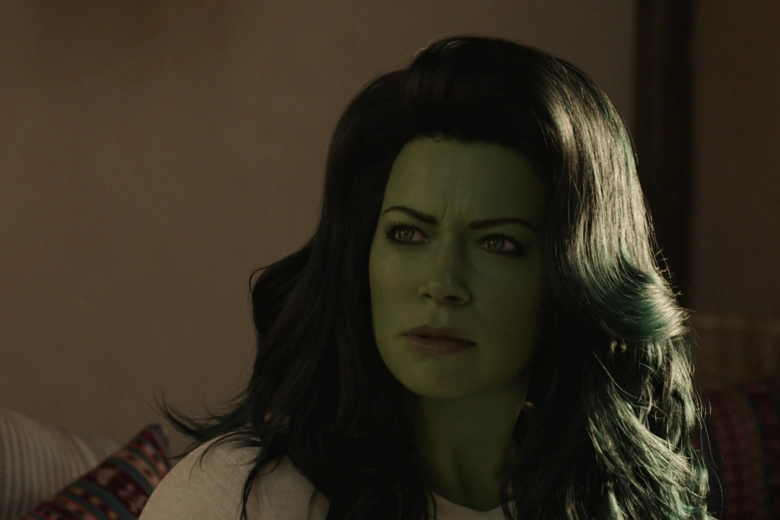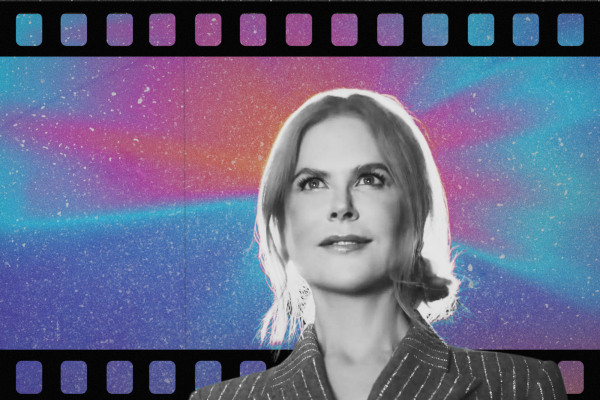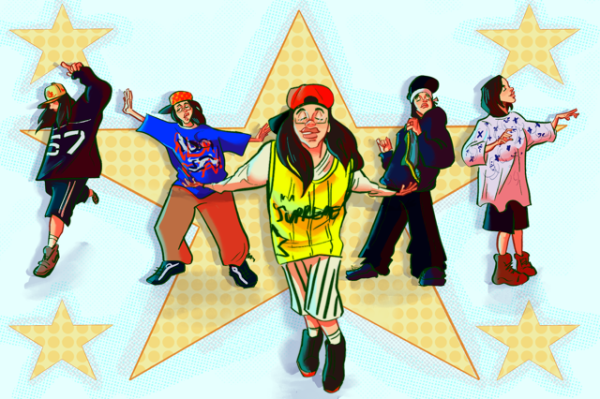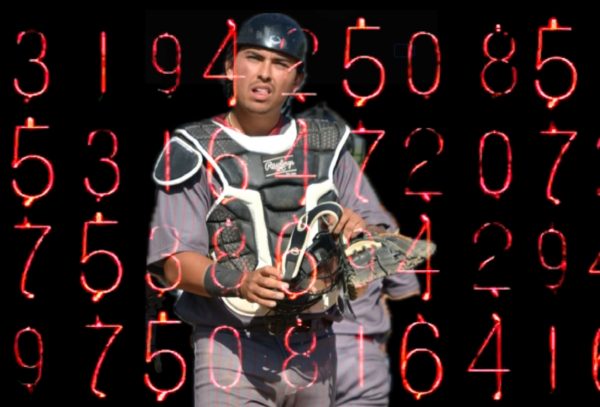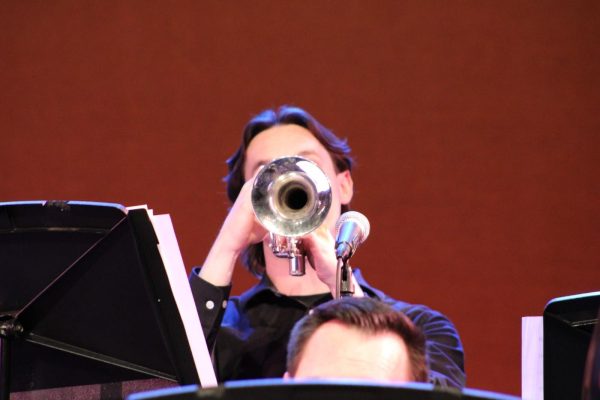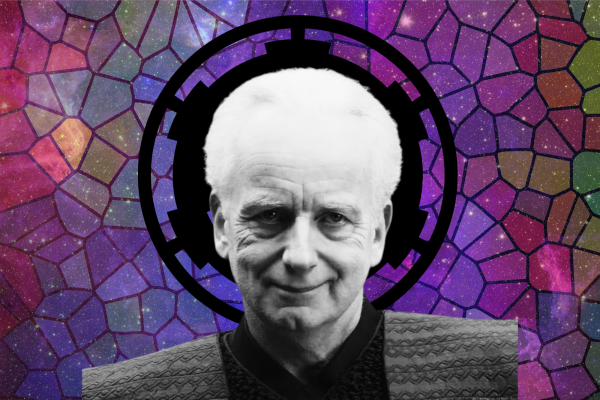The Green Law: She-Hulk Episode 1 Recap
A review of Marvel Studios’ new superhero comedy series
Supers have a new face of hero law. Jen Walters: Attorney at Law.
Created by writer Stan Lee and artist John Buscema, She-Hulk first appeared in The Savage She-Hulk #1, cover-dated in February, 1980, and is now the seventh streaming series of the Marvel Cinematic Universe.
At the beginning of Episode 1: “A Normal Amount of Rage,” we find out Walters is an attorney who is cousins with Bruce Banner. Yes, the Avenger, Big Green! While catching up over what happened during the Blip, a Sakaarian Ship appears suddenly in front of them and causes them to crash off the road. Amidst the wreckage, Jen attempts to save Bruce by pulling him out of the vehicle. In her escape, Jen lacerates her left arm and some of Bruce’s gamma radioactive blood contaminates Jen’s open wound, causing her DNA and appearance to transform into a Hulk.
Her first couple of “episodes” were sporadic and “all a blur.” After nearly tearing a catcalling man’s head off, Bruce calmed his cousin and transported her to Mexico. In her human form, Jen and “Smart Hulk” have a heart-to-heart and Bruce explains the severity of Jen’s condition. Promptly pronged and tested on, Jen is put through vigorous stressful situations to figure out what emotions trigger the She-Hulk to come out.
We quickly find out that although their DNAs are similar, their conditions and capabilities are quite opposite of each other. Jen became more settled in her ability to tap into her Hulk form without having to battle another personality as Bruce did for 10 years (2 of which we spent in outer space).
This is our first paradigm of feminine versus masculine power dynamics: the mental. New research done by Psychology Today coins the term normative male alexithymia, which is “a subclinical form of alexithymia found in boys and men reared to conform to traditional masculine norms that emphasize toughness, teamwork, stoicism, and competition and that discourage the expression of vulnerable emotions.”
One of the reasons Bruce battled so long internally and mentally was his approach of viewing the Hulk as a disease instead of a cure. This phenomenon is called “loss of the relational — being forced to separate from their feelings and their mothers on the way to becoming ‘men.’ They covertly experience depression, which manifests mostly as numbness, boredom, apathy, limited emotional range, and cynicism.”
Men, like Bruce in this instance, tend to not open up about struggles. Even chronicling their thoughts and emotions in a diary can be viewed as demasculinizing. Jen not having to deal with another “guy in there” is a metaphor for the internal conversations men have with themselves when struggling to control their emotions in tense environments. Men use physicality to resolve conflict while their female counterparts are an emotional anchor to diffuse situations.
Through a hero training montage, we are introduced to our second paradigm of feminine versus masculine power dynamics: the physical. Less subtle than the first, our heroes begin their training slowly: tossing rocks on the beach and eventually into orbit, advanced body control exercises and running on the island cardio course.
The Hulk is massive, over-muscular, power-based in movements, and noticeably bigger than his counterpart. As She-Hulk retains a majority of Jen’s prior figure with Hulk-like enhancements: extreme pliability and flexibility, incredible speed and control, and ridiculous strength.
While training in Mexico, Jen has an epiphany that whether she likes it or not, her old life is no longer a viable option. Bruce begins to show the positives of being a Hulk, namely being able to drink much more booze with a fraction of the buzz because of the Hulk’s insane metabolism, but she isn’t convinced in accepting this as her new life. She gets angry at Bruce because in her eyes, he isn’t helping her with getting her old life back. Because she is an adult, and after a Hulk-on-Hulk fight destroying a bar, Bruce lets Jen go back to resuming her duties as a world-class New York City attorney, but as her cousin forewarned, being a superhero puts a target on their back, the people around them, and their loved ones.
The episode concludes with Jen showing her newfound abilities in the middle of a court case when she is working as Titania, who appears to be an antagonist, busts through the courthouse and attempts to kill the jury before Jen Walters lays down the law. Brooklyn style.


